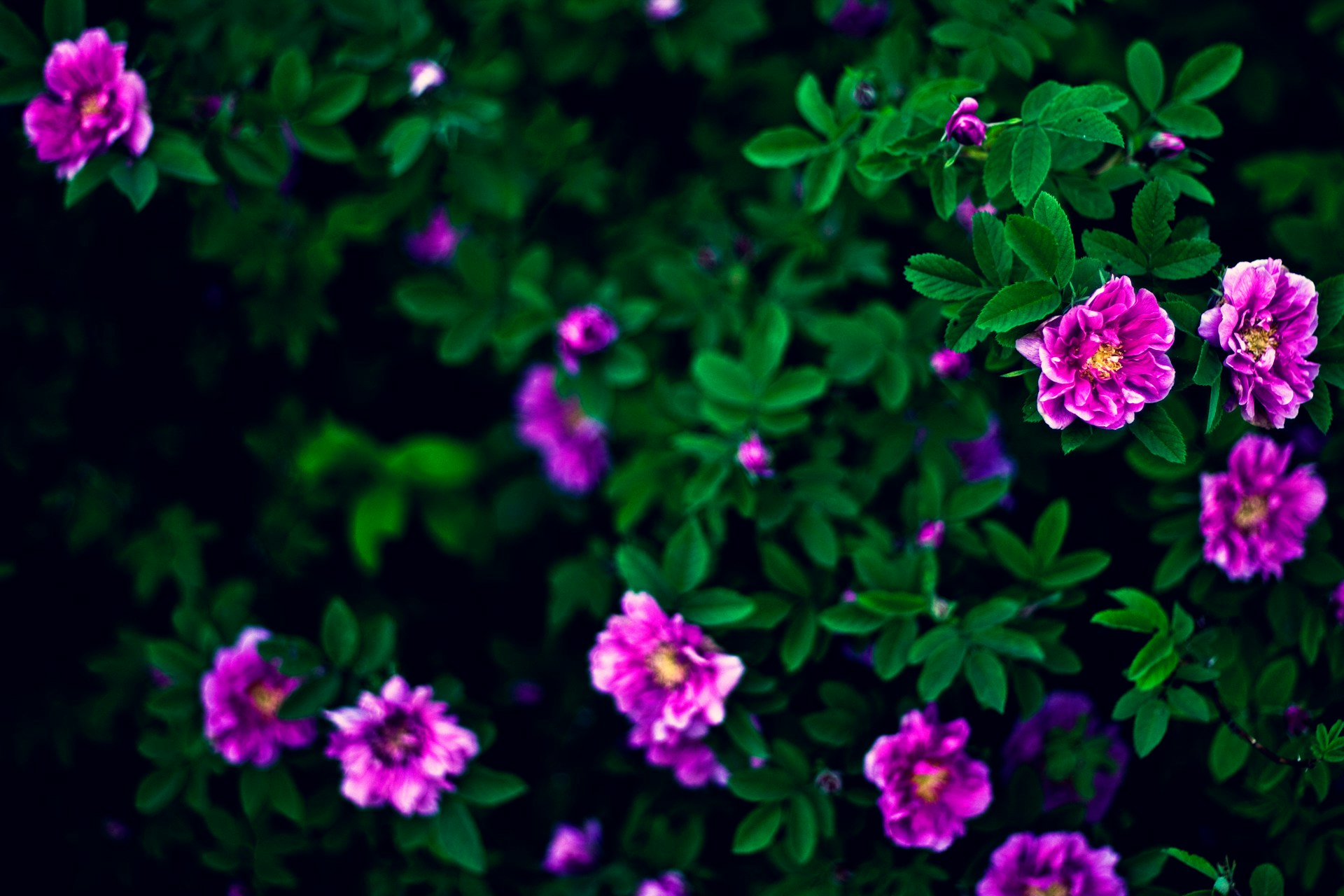Welcome to our comprehensive guide on fast-growing flowers that can attract hummingbirds in Vermont – a nature enthusiast’s dream! Nothing quite matches the thrill of spying a hummingbird as it busily flits from flower to flower in your garden. These vibrant avians, especially Ruby-throated Hummingbirds, play a vital role in pollination and maintain the balance of our local Vermont ecosystems.
Vermont’s unique climatic and soil conditions allow for a variety of native and enduring flowering plants that can make your garden a hummingbird haven. Through an exploration of fast-growing flowers and native gem blooms, and advice regarding longer-term investments, we’ll provide practical tips that can transform your garden into a magnet for hummingbirds, keeping in mind the distinctions in climates and growing conditions across different parts of the state.
Fast-Growing and Native Flowers of Vermont
First, let’s look at a selection of fast-growing flowers for Vermont which are known to attract hummingbirds along with some native Vermont flowers for hummingbirds.
A. Fast-Growing Flowers
- Joe Pye Weed (Eutrochium spp.): Blooming from July to September, the nectar-rich flowers serve as a prime attraction for hummingbirds.
- Asters (Symphyotrichum spp.): Offering late-season nectar from August to September, Asters are fantastic for hummingbirds and other pollinators.
- Goldenrod (Solidago spp.): Providing nectar from August to October, this flower supports both birds and pollinators.
- Sunflowers (Helianthus spp.): While not native, their high-fat seeds are a delicacy for various wildlife, including hummingbirds, from July to September.
B. Native Vermont Flowers
- Trumpet Honeysuckle (Lonicera sempervirens): Bloom time is May to June. This plant has proven to attract Ruby-throated Hummingbirds.
- Red Cardinal Flower (Lobelia cardinalis): Favors moist areas, and its vibrant red spikes bloom from July to September making it highly attractive to hummingbirds.
- Bee Balm (Monarda): Blooms from July to September attracting a variety of pollinators, including hummingbirds.
- Sage (Salvia spp.): Various species and cultivars bloom from April to September and are known to attract hummingbirds.
- Columbine (Aquilegia): An early spring bloomer in May, shade tolerant and a great attraction for hummingbirds.
- Orange Jewelweed (Impatiens capensis): Thrives in the shade and is native to Vermont, blooming from May to September and attracting hummingbirds.
Longer-Term Flower Options and Planting Strategies
Along with these quick-growing beauties, consider planning for a few species that take a bit longer to grow but offer amazing benefits in the long run. Also, here are some useful planting strategies to maximize your success.
A. Long-Term Flower Options
- Rhododendron (Rhododendron catawbiense): Cold-tolerant, blooming from April to June, and attracting hummingbirds with its large blooms.
- Mountain Laurel (Kalmia latifolia): Stunning flowers bloom from April to June and attract hummingbirds.
- Dogwoods (Cornus spp.) and Blueberries (Vaccinium spp.): These suppliers of berries and flowers bloom in spring (April-May) and support a diverse range of wildlife including hummingbirds.
B. Planting Strategies
- Seasonal Timing: Understand the best planting periods for different flowers and create a planting calendar tailored to Vermont’s planting seasons.
- Garden Layouts: Optimize garden designs to make them most attractive to hummingbirds, combining fast-growing annuals with perennials to ensure staggered blooming times.
- Practical Planting and Care Tips: Insights on watering, spacing, and fertilizing along with tips for maintaining plants to ensure they remain attractive to hummingbirds.
Regional and Climate Considerations in Vermont
Vermont’s climate and growing conditions exert a significant influence on the type of flowers that you can grow effectively. Let’s talk about factors such as soil, temperature, light, and regional variability that may affect gardening strategies.
A. Climate and Growing Conditions
Vermont’s unique soil types, average temperatures, and sunlight exposure call for some tailoring in terms of flower choices. Planting suitable flowers will significantly enhance successful outcomes.
B. Regional Variability
There are distinct differences between northern and southern Vermont’s climate and soil. Selecting flowers that perform well in your specific region can have a significant impact on the success of your garden.
C. Enhancing Hummingbird Habitat
Consider enhancing your efforts to attract hummingbirds by adding feeders and creating an ecosystem with adequate water sources and shelter. Regular maintenance of feeders is vital to preventing disease.
Conclusion
In conclusion, the scenery of a Vermont summer enhanced by the fluttering display of hummingbirds can be a reality with the right blend of fast-growing flowers and native plants. A thoughtful arrangement of early bloomers, summer flowers, and late bloomers can create an extended period of nectar availability, benefiting both the birds and the beholder. Moreover, long-term strategies can ensure a continuous year-after-year hummingbird return.
By adopting sustainable gardening practices and selecting appropriate plants from your region, outdoors and nature enthusiasts can contribute to the establishment of a nurturing habitat for the Ruby-throated Hummingbirds, and other pollinators, enhancing the rich biodiversity that we are so fortunate to share in Vermont.

